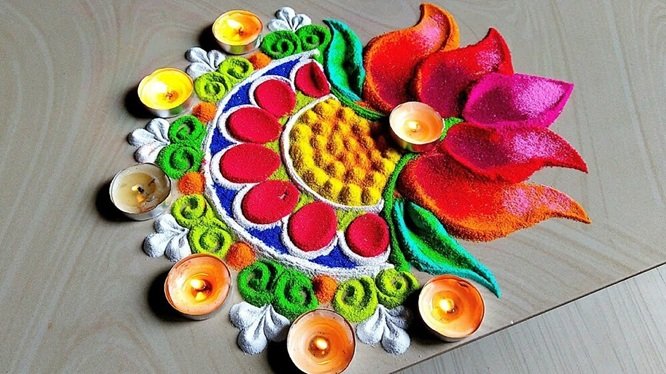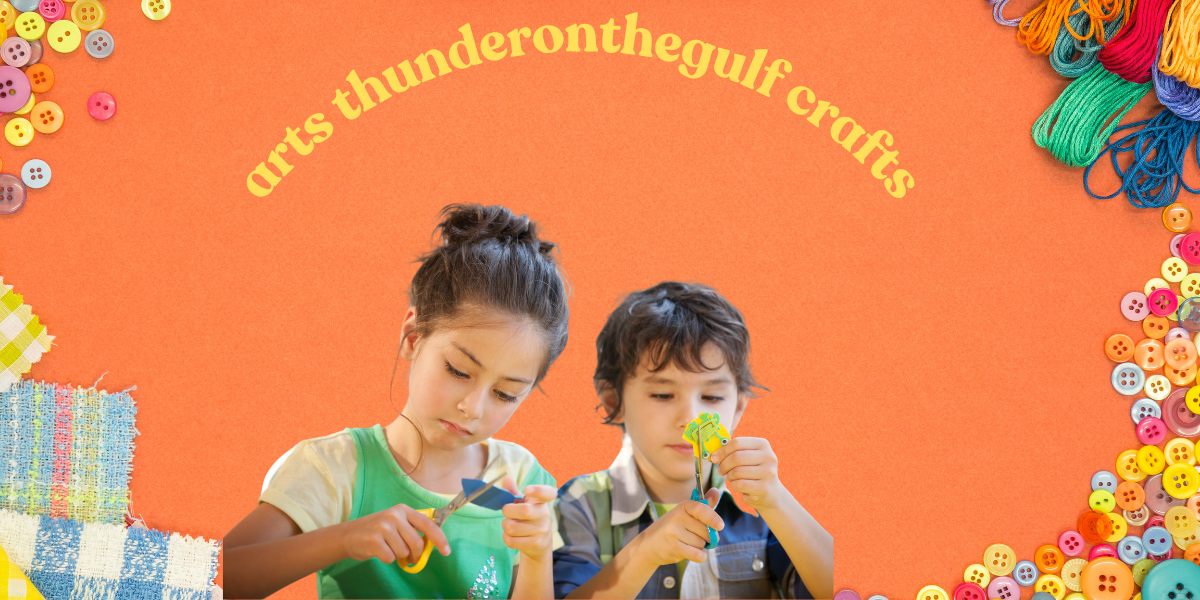Rangoli, a traditional Indian art form, is a beautiful representation of culture, creativity, and spirituality. Originating from ancient times, this colorful design made from natural materials like rice, flour, and flower petals is often created to adorn the entrances of homes during festivals, celebrations, and important events. The practice of making Rangoli not only adds a festive spirit but also serves as a form of artistic expression and community bonding. In this article, we will explore the history, techniques, and significance of Rangoli, along with some vibrant designs that can be adapted for any occasion.
The Historical Significance of Rangoli
The history of Rangoli dates back over 5,000 years and is deeply rooted in Indian traditions. Originally known as ‘Kolam’ in the southern states of India, this art form has evolved over centuries and has various regional names and styles. The act of creating Rangoli art is often associated with auspiciousness and is believed to invite prosperity and good fortune. During festivals like Diwali, Pongal, and Onam, it is customary to create intricate Rangoli designs to welcome deities into one’s home. The patterns often symbolize nature, with motifs of flowers, peacocks, and geometric shapes reflecting the richness of Indian culture.
Materials and Techniques for Creating Rangoli
Creating Rangoli requires a blend of creativity and technique. Traditionally, natural materials like colored powders made from crushed flowers, rice, or chalk were used. In contemporary practices, many artists utilize synthetic colors for their vibrancy. The most common tools for making Rangoli include stencils, chalk, or even fingertips for intricate designs. The process typically begins with a clean surface, often the entrance of a home, where the artist sketches the outline of the design. Once the outline is complete, colored powders are filled in to bring the design to life. The key techniques involve precision, symmetry, and a keen eye for color combinations, which contribute to the overall beauty of the Rangoli.
Types of Rangoli Designs
Rangoli designs can vary widely based on the occasion, regional customs, and personal preferences. Some popular types include geometric patterns, floral motifs, and religious symbols. For festivals like Diwali, intricate designs depicting deities or lamps are common. In contrast, floral designs are often created for weddings, symbolizing beauty and purity. Modern Rangoli can also incorporate contemporary themes, such as abstract art or pop culture references, allowing artists to express their individuality. The versatility of Rangoli makes it suitable for various occasions, from formal events to casual gatherings, blending tradition with modern aesthetics.
Rangoli for Festivals and Celebrations
During festivals, Rangoli serves as a welcoming gesture and adds to the festive ambiance. For instance, during Diwali, families create elaborate Rangoli designs outside their homes to invite Goddess Lakshmi, the deity of wealth and prosperity. In South India, during Pongal, traditional Kolams are made to celebrate the harvest, often featuring motifs of rice and sugarcane. Each festival has its unique symbols and designs, making Rangoli a crucial part of the celebrations. The collaborative aspect of creating Rangoli also brings families and communities together, strengthening bonds through shared creativity and cultural expression.
Rangoli as an Artistic Expression
Rangoli is not just a decorative art; it is a form of artistic expression that allows individuals to showcase their creativity and skills. Artists often take inspiration from nature, mythology, and their surroundings to create unique designs. Some Rangoli artists have gained recognition for their work, participating in competitions and exhibitions that celebrate this traditional art form. The rise of social media has also provided a platform for artists to share their creations globally, inspiring others to take up this vibrant art form. The ability to adapt and innovate within the framework of traditional designs makes Rangoli a continuously evolving art.
Modern Adaptations of Rangoli
In recent years, Rangoli has seen a resurgence in popularity, with modern adaptations that cater to contemporary aesthetics. Artists are experimenting with new materials, such as LED lights, and incorporating different textures to create three-dimensional designs. Eco-friendly Rangoli, made from natural and biodegradable materials, is gaining traction as awareness of environmental issues grows. Additionally, workshops and online tutorials have made it easier for individuals to learn the art of Rangoli, ensuring that this tradition is passed down to younger generations. These adaptations not only preserve the cultural significance of Rangoli but also make it accessible to a broader audience.
Creating Rangoli at Home: Tips and Tricks
For those interested in creating Rangoli at home, it is essential to start with a few basic tips. First, choose a clean and flat surface, preferably near the entrance of your home. Sketch the outline of your design lightly with chalk before filling it in with colors. Using a variety of colors can enhance the vibrancy of your Rangoli, so consider using contrasting shades for a striking effect. If you’re a beginner, start with simple geometric patterns or floral designs before progressing to more intricate styles. Lastly, don’t hesitate to incorporate personal touches or themes that reflect your personality, making your Rangoli truly unique.
Conclusion: The Enduring Legacy of Rangoli
Rangoli, with its rich history and vibrant designs, remains an integral part of Indian culture and tradition. As we have explored, this art form not only beautifies our surroundings but also fosters community bonding, personal expression, and cultural continuity. Whether for festivals, celebrations, or personal enjoyment, Rangoli provides a canvas for creativity and a means to connect with our heritage. As we embrace modern adaptations of this timeless art, it is important to remember its roots and the joy it brings to our lives. The legacy of Rangoli continues to thrive, captivating hearts and minds across generations.



